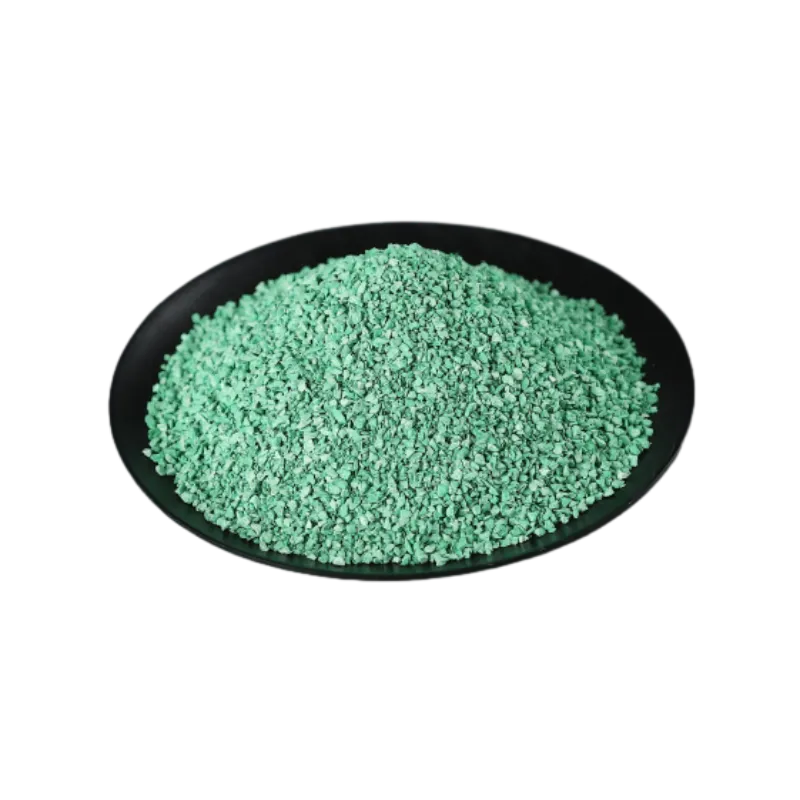
دېكابىر . 09, 2024 22:17 Back to list
Understanding the Benefits and Types of Roof Shingles for Your Home
Understanding Roof Shingles An Essential Guide
When it comes to home construction and renovation, one of the most crucial elements is the roof. It not only protects your home from the elements but also contributes significantly to its aesthetic appeal. Among the various roofing materials available, roof shingles have emerged as one of the most popular choices. Let’s delve into the world of roof shingles to understand their types, advantages, installation process, and maintenance.
Types of Roof Shingles
Roof shingles come in various materials, each offering distinct benefits. The most common types include
1. Asphalt Shingles Widely used due to their affordability and ease of installation, asphalt shingles come in different styles, colors, and quality grades. They can last 15 to 30 years, depending on the type, and are resistant to UV rays.
2. Wood Shingles Made from cedar, redwood, or pine, wood shingles provide a natural and classic look. They are durable but require regular maintenance to prevent rot and insect damage.
3. Metal Shingles Known for their longevity and durability, metal shingles can last 50 years or more. They are available in different styles and can mimic other materials like wood or tile. They are also energy-efficient and recyclable.
4. Slate Shingles Known for their elegance and durability, slate shingles are made from natural stone and can last over a century. Their high cost and weight may be a limiting factor for some homeowners.
5. Tile Shingles Made from clay or concrete, tile shingles offer a distinctive Mediterranean look and are known for their durability and insulating properties. However, they can be heavy and may require additional structural support.
Advantages of Roof Shingles
Roof shingles present numerous advantages that make them a preferred choice for homeowners
- Affordability Many shingle types, especially asphalt, are budget-friendly options, making them accessible to a wide range of homeowners.
- Variety Shingles come in numerous colors, shapes, and materials, allowing homeowners to customize the look of their roofs according to their architectural style.
- Ease of Installation Shingles are relatively easy to install compared to other roofing materials, which can shorten the construction timeline and reduce labor costs.
- Durability Many types of shingles are designed to withstand harsh weather conditions, providing excellent protection against rain, snow, and wind.
- Energy Efficiency Certain shingles, particularly reflective and engineered types, can help reduce energy costs by increasing the home’s energy efficiency.
shingles roof shingles

Installation Process
Installing roof shingles involves several steps that require precision and attention to detail. Here’s a brief overview of the installation process
1. Preparation Before installation, ensure the roof deck is clean, dry, and properly installed. Any damaged sections should be repaired.
2. Underlayment A layer of underlayment is typically installed to provide additional waterproofing protection beneath the shingles.
3. Starter Course A starter course of shingles is laid along the eaves to create a barrier for wind-driven rain.
4. Shingle Alignment Shingles are then installed from the bottom up, ensuring each row overlaps the previous one to prevent water leaks.
5. Flashing Flashing is installed around chimneys, vents, and other protrusions to divert water away from critical areas.
6. Final Inspection Once installed, a thorough inspection ensures everything is aligned correctly and no areas are susceptible to leaks.
Maintenance Tips
To prolong the lifespan of your roof shingles, regular maintenance is essential
- Inspect Periodically Check for damaged or missing shingles and replace them promptly to prevent leaks.
- Clean Gutters Regularly clean gutters and downspouts to ensure proper drainage and prevent water damage.
- Remove Debris Clear leaves, branches, and other debris from the roof to avoid moisture buildup.
- Trim Overhanging Branches Prevent branches from rubbing against the shingles to minimize wear and tear.
In conclusion, roof shingles offer a diverse range of options suitable for various budgets and styles. With proper installation and maintenance, they provide long-lasting protection and beauty to any home. Whether you are building anew or renovating, considering roof shingles can be an essential step in enhancing your home’s value and appeal.
-
Conservatory Felt Roof Solutions Durable, Weatherproof & Stylish Roof Upgrades
NewsJul.04,2025
-
Roman Stone Beige Tile for Elegant Spaces Roman Beige Ledger Panel & Travertine
NewsJul.04,2025
-
Small Clay Roof Tiles for Durable & Stylish Roofing Red & Custom Options Available
NewsJun.24,2025
-
Lifetime Roof Shingles – Durable Roofing Solutions for Decades
NewsJun.10,2025
-
Top Roofing Shingles Types Compare Different Types of Architectural Roofing Shingles for Your Home
NewsJun.10,2025
-
Affordable Asphalt Shingle Roll Durable & Easy Flat Roof Solution
NewsJun.09,2025







